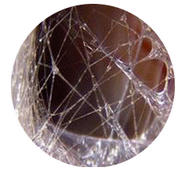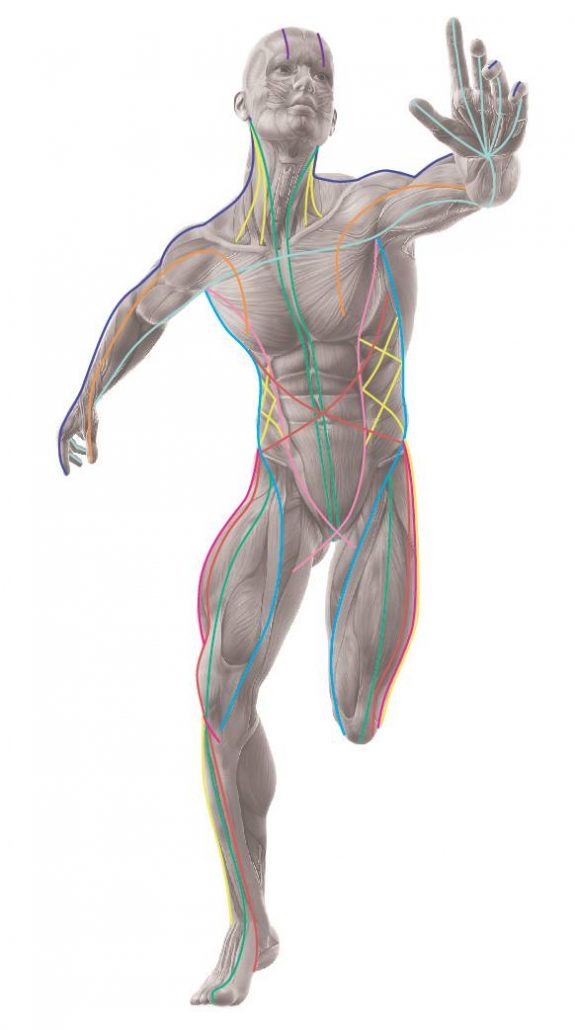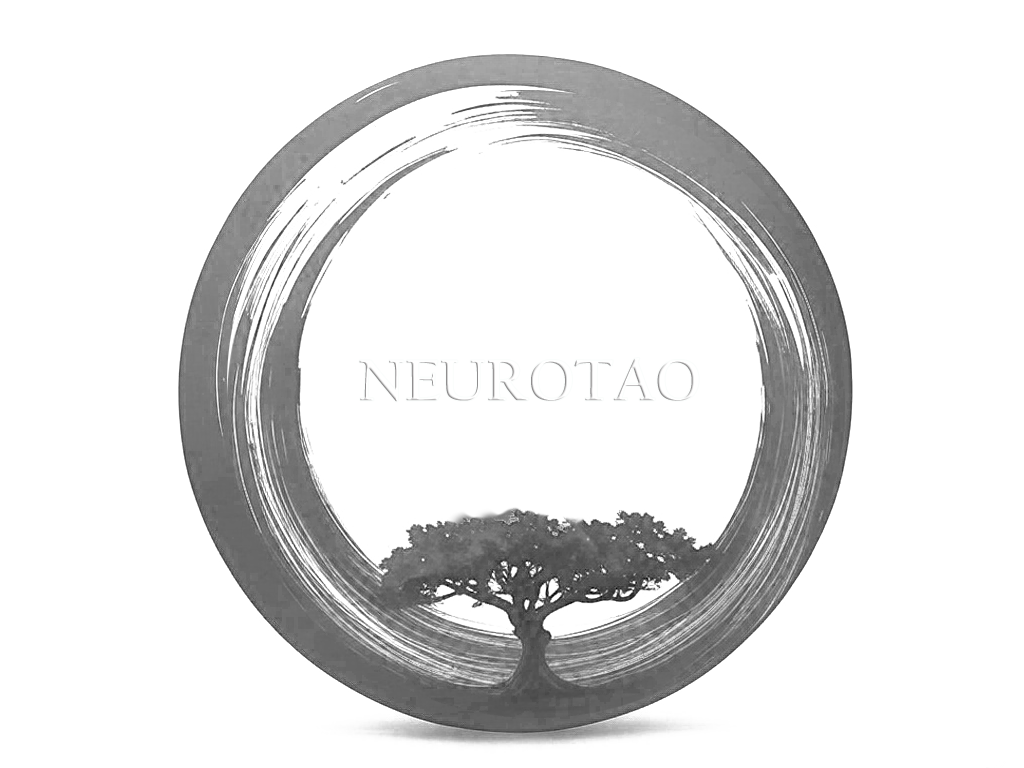Structural Bodywork
3 – series myofasial release for structural balance
Structural bodywork is a form of manual therapy that focuses on slow fascial and myofascial manipulation coupled with movement re-education. The fundamentals of structural bodywork has been laid down by pioneering work of Ida Rolf’s structural integration and later developed by Thomas Mayers the author of Anatomy Trains book. His groundbreaking work on describing myofascial connections in the body has brought new understanding to the body’s locomotor system and the role of fascia in it.
So what is fascia?

It can be described as web like connective tissue, made up mainly by collagen, that attaches, stabilizes, encloses, and separates muscles and other internal organs. Fascia forms a network that holds the body in its shape. The bones are enmeshed in this fascial network and act as space-makers.
As we struggle to move in the gravity field, the fascial web adapts to support our movement patterns.
Fascia can thicken and increase its stiffness in some areas of the body in response to tensions and micro-lesions in the muscles due to over-use syndrome or as consequence of decreased mechanical stress due to hypomobility or immobilization.
The continuity of the fascial network implies that changes will happen through the whole body, much as a local strain in a sweater distorts the whole sweater.
The design of Structural bodywork is to unwind the strain patterns residing in your body’s myofascial system, restoring it to its natural balance, alignment, length, and ease.
Each of 3 sessions that combine structural bodywork, start witch postural and movement assessment.


